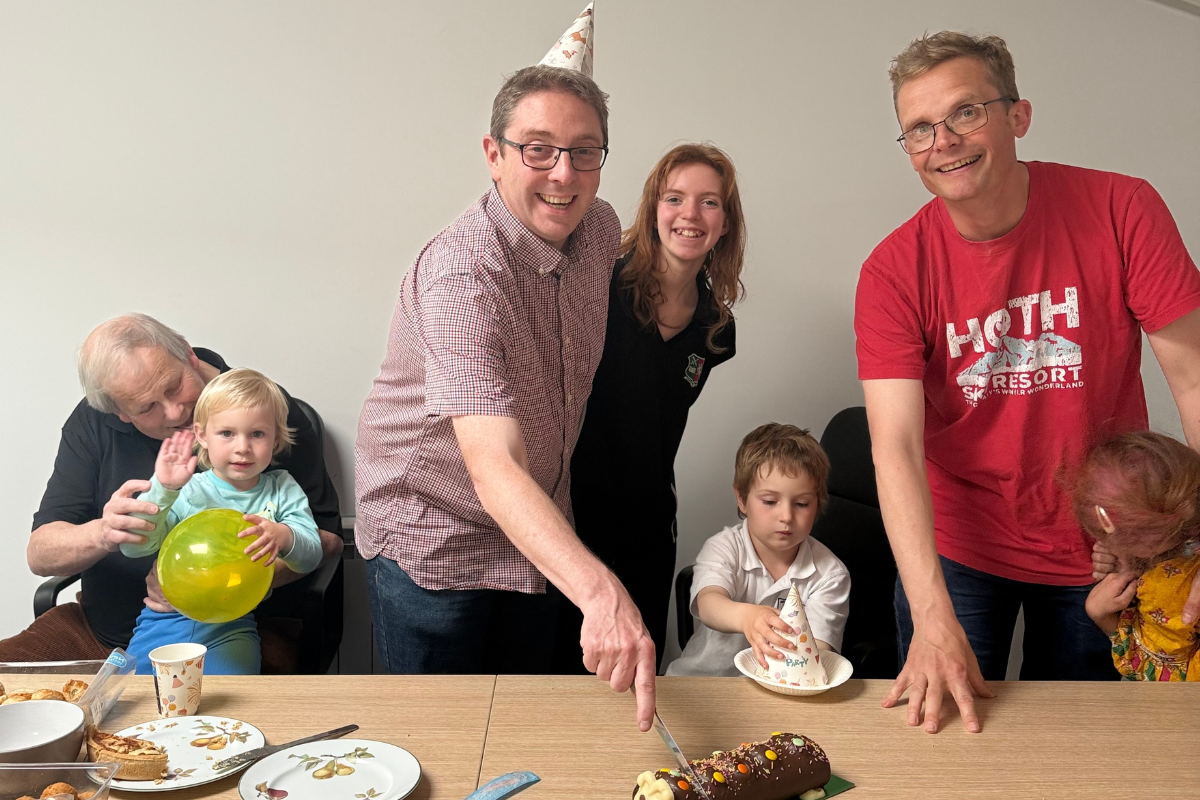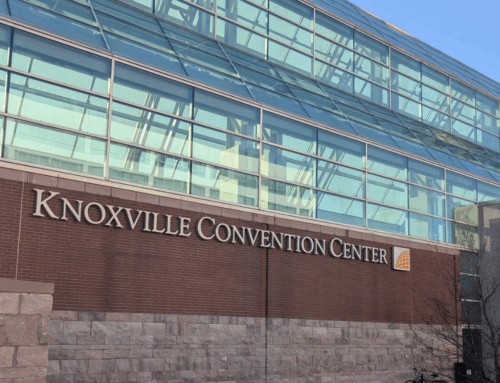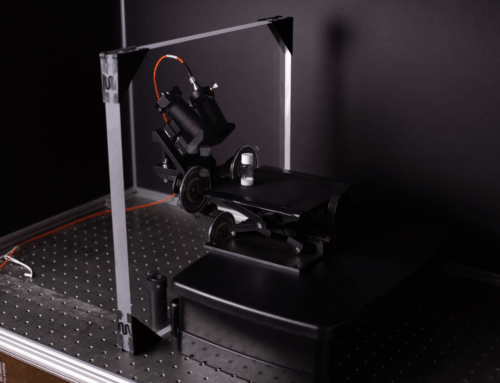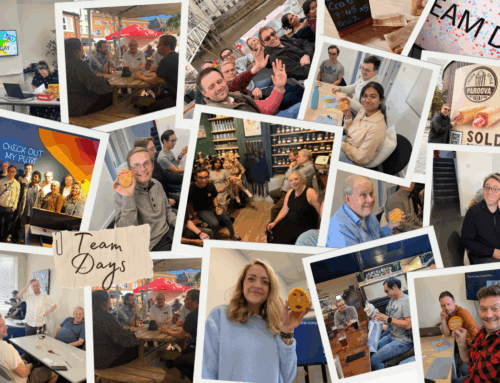This month, IS-Instruments celebrates fifteen years since its launch.
In 2010, Dr Michael Foster and Dr Jonathan Storey launched IS-Instruments dedicated to developing compact spectrographic and remote sensing technologies. Shortly afterwards, they were joined by Nicholas Bantin.
The Early Years
Michael and Jon both have backgrounds in space science. Michael has worked on space LIDAR projects, including designing filtering solutions for EarthCARE, ADM (Aeolus) and Ascope missions. Before launching ISI, Jon worked on the highest-specification optical filter and 3D landing LIDARs for the European Space Agency. Nicholas is a former investment banker who worked in the City of London for over 30 years. His career spanned time at the Canadian Imperial Bank of Commerce and Bank of America. Nick’s insights into finance and funding have been instrumental in getting ISI off the ground.
“The first three months were pretty miserable,” laments Jon, recalling the struggle. “We went through all the stresses all small businesses do when three guys have a great idea and decide to act on it! However, not long after launching, we won new TSB contracts to develop a novel integrating probe for whole-tablet Raman spectrometry. We also designed a transmission Raman instrument with a spatially resolved Fourier-transform spectrometer. Another interesting brief was to develop a new dust-detection LIDAR, and we were off. Since then, we’ve created a core range of innovative high-throughput spectrometers, The team designed a compact deep UV Raman system, trademarked Odin. Also, we’ve developed a patented gas Raman instrument and have achieved ISO 9001 accreditation.”
Previous Projects
Over the intervening years, we’ve undertaken many varied and interesting projects in a range of industries.
Nicholas Bantin said, “Many sectors are experiencing fundamental challenges in how they operate or are inherent to their industry. We’ve worked at Sellafield in Nuclear Decommissioning. We’ve launched spectroscopic detection of nickel sulphide inclusions in glass manufacturing and the distribution of slip composition in ceramics. Other projects include solutions for the Oil & Gas sector. Currently, our instruments are being used to develop earlier diagnostics for bowel cancer and to identify biomarkers in serum for dementia. Our most recent success is our patented gas Raman system measuring tritium as part of GRADE, under the UKAEA Fusion Industry Programme.”

Changes
Reflecting on the changes the company has seen over the last decade and a half, Michael commented, “We’ve had the opportunity to feed back into the science community by joining SEPnet. This has given physics and maths students real-world experience in a commercial environment. Our permanent team has grown significantly, with thirteen staff members now on board, and business is thriving. We’ve moved into much larger premises and commissioned purpose-built workshops and laboratories. We have a large, open-plan office with room for our team to continue to grow. Additionally, we have a dedicated meeting room and a breakout room. Our first Christmas party was at a pub, and all we could afford was lasagna. I decided right then that one day, we would be able to afford to take our team to Chapter One in Locksbottom for Christmas dinner. In 2024, that’s exactly what we did – and said we could drink champagne all night! Here’s to the next fifteen years!”
The milestone was celebrated with an afternoon drinks-and-nibbles party at the office. Partners and children (most of whom weren’t around when we launched!) came along for the festivities. The team then enjoyed a meal at our local Indian restaurant just off Tonbridge High Street.






